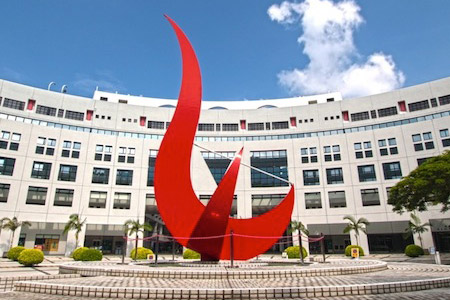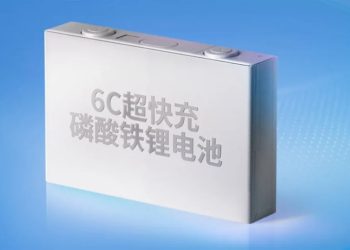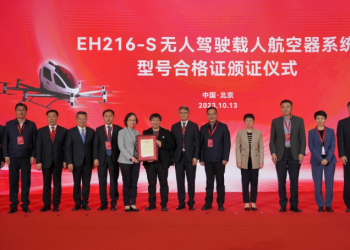Researchers from the Department of Mechanical and Aerospace Engineering at the Hong Kong University of Science and Technology have developed a new complete lithium-sulfur (Si-S) battery by developing pomegranate-structured hosts for both the anode and the cathode.
The sulfur host is shaped similar to that of a grenade with hollow double-layer nanospheres of titanium and carbon nitride not only effectively suppressing the diffusion of polysulfides through multiple layers of chemical and physical barriers, but also facilitating their conversion reactions. , as reported by the Revista de Fuentes de Energía.
Lithium silicon sulfur batteries (Si – S) are promising next generation energy storage systems due to their high theoretical energy density.
It may also interest you: Goodyear develop tyre sensors that evaluate their condition
Likewise, they stand out for the low costs and high security they provide, both characteristics being the most sought after by developers in recent times.
The downside to the discovery is that the unstable solid-electrolyte interface (SEI) at the Si anode and its secondary reactions with highly soluble polysulfides limit battery life.
With the new structures, the Si nanoparticles are encapsulated in an integrated carbon structure similar to the pomegranate (Pome-Si @ C), which adapts to the large variation in Si volume and guides the formation of stable SEI to avoid secondary reactions unwanted.
Written by | Gabriel Sayago











